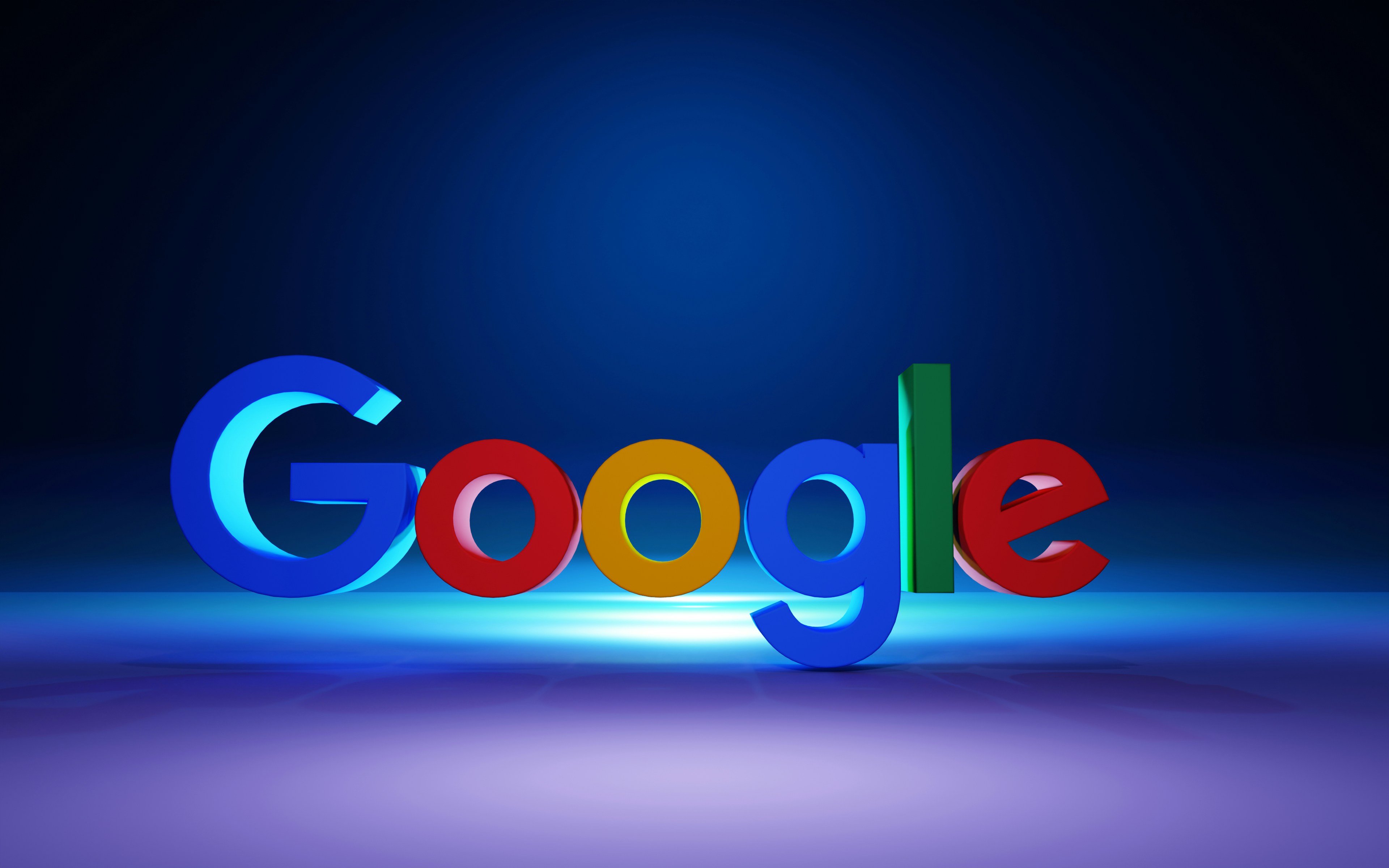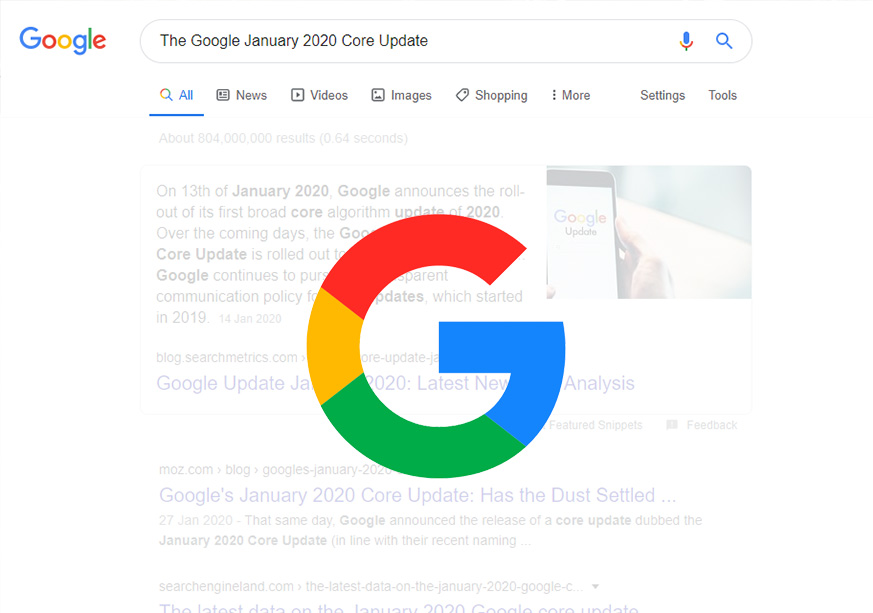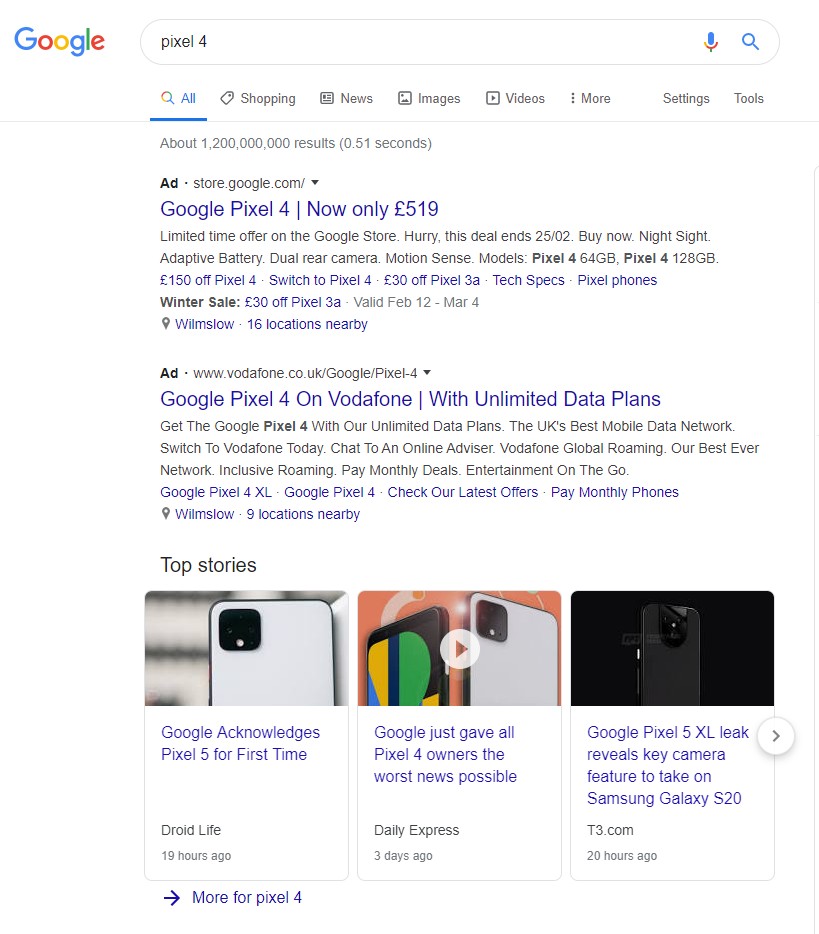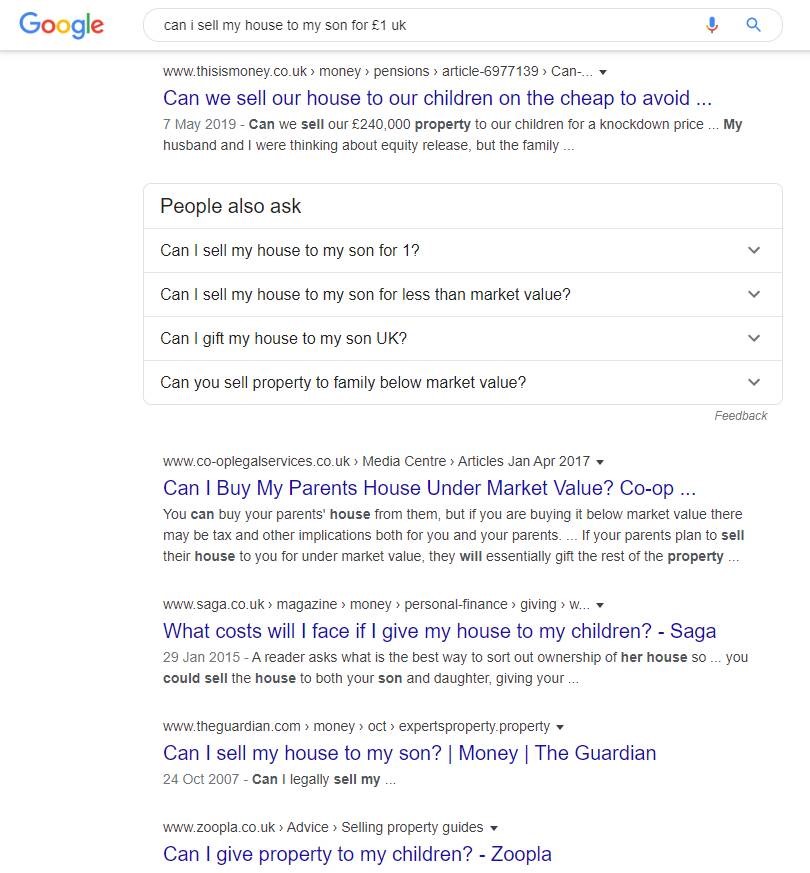
Looking To Attract, Engage And Convert In 2025?
Venn Wrapped 2024
The mighty Gods of Google are at it again, from favicons to featured snippets, a recent update in January has brought us a range of experiments, making some controversial alterations to the way we see search results. We’ve drilled into the brain of our SEO Manager to find what the update actually means and what actions businesses need to take.
The first update we’re going to tackle has been circling the internet by the name of, Google Deduplication. Essentially this means that as of the 22nd January Google have made it so a search result can only show up on the first page ONCE.
“This is a massive push for Google to try and clean up the search results. This step is very similar to a recent algorithm update which was done in June 2019, dubbed Site Diversity which was aimed to tackle multiple instances of the same site appearing within one page of the search results. So, from a job board perspective, Indeed, Monster, CV Library were hit hard because of the multiple instances of the same domain appearing for the same keyword.”
- Nathan, SEO Manager
Obviously, this change brings about a new challenge and opportunity for businesses to rank in top positions. Whilst Featured Snippets have always been the coveted spot to aim for from a search perspective, as it presents your brand above everybody else, this shift now means that, if you are lucky enough to get placed within the featured snippet then your domain will not rank anywhere else on the first page. According to Google this will not affect video featured snippets and also only happens for the exact URL in the featured snippet and only within the first page of results.
As some readers may have noticed favicons have changed... AGAIN. Whether you liked them to begin with or not, after trialing branded favicons in the search results, Google have now removed this feature and made Ad identifiers more recognisable. Since January 2020 Google has been experimenting with the continued redesign of Google SERP. The most recent change being that branded favicons have gone and there is now a black bold text symbol to signify PPC as an ‘Ad’. For more information on what favicons are and how they impact organic performance take a look at another of our Google related blogs.
Did you like branded favicons the way they were? We are personally sad to see branded favicons go, and hope they make a speedy come back as Google continues to experiment in the coming weeks.

It’s no secret that favicons have brought about quite a bit of backlash in the past due to the opinion that the branded favicons and ‘Ad’ indicators looked too similar on organic search results. People called out Google’s June update as ‘deceptive’ as the clarity between paid Ads and organic search results was not clear enough.
Now, this recent update is not to say that things won’t continue to change, or have changed by the time you’ve finished this blog. Whilst for now it looks like ‘Ad’ identifiers are here to stay, Google has said that experiments will be taking place over the coming weeks, meaning that updates may continue to alter the way we see search results throughout February, so keep your eyes peeled!
“In light of this recent update, we have shifted our focus from favicons back to one of the first things we were ever taught in the SEO industry, meta data. This will become important again from a page title and meta description perspective. With that in mind, these tips will be essential over the next coming weeks as Google will be testing new design changes to the SERPs”
Page Title Optimisation Tips;
Meta Description Optimisation Tips;
- Nathan, SEO Manager

In short, there are no more favicons, meta data is more important than ever before and there is now more opportunity for businesses to rank on page 1.
Here at Venn we have a team of SEO experts that monitor all Google updates, translating them into helpful information and tips for our clients. This allows the brands we work with to stay on top of the ever-changing world of digital and improve their search rankings. To find out more about our SEO services and how we can help your business become more visible on Google, get in touch.